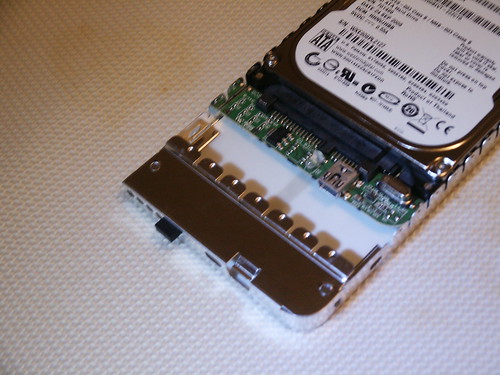Hmmm I recently bought a WD MyBook Essential 1tb external drive, but I for the life of me can't recall how I got rid of the Smartware partition. I know I did not use a livecd - it is an external drive, why need to do that? I could have used dd to zero out the entire drive or nuke the partition table, or simply used partitionmanager or gparted to ditch everything. I am assuming it isn't really gone, the drive shows as 917gb, my guess is that it should be 930 or so.
I recall somewhere that some recent updates to the firmware or software make it possible to delete it.
Still racking my head to remember what I did.
I recall somewhere that some recent updates to the firmware or software make it possible to delete it.
Still racking my head to remember what I did.





 .
.



Comment